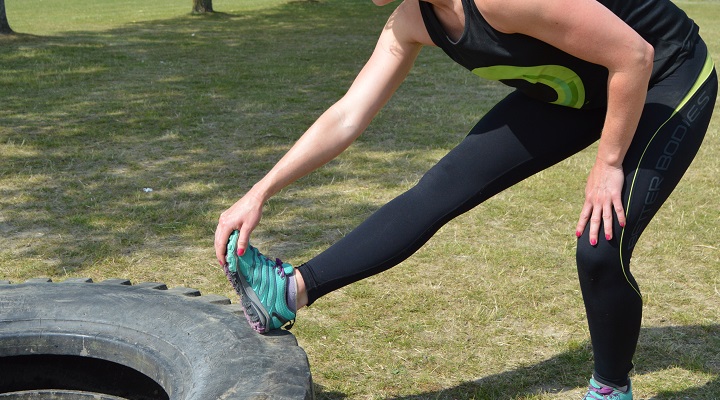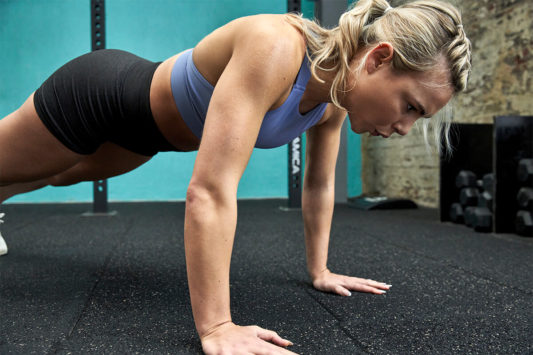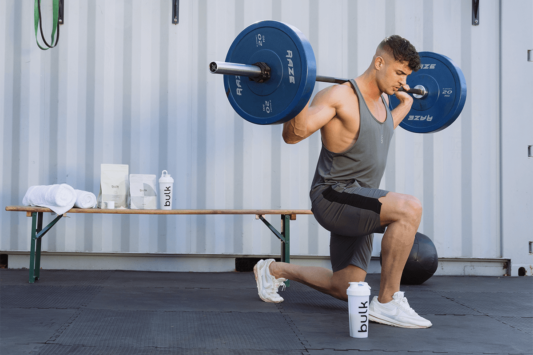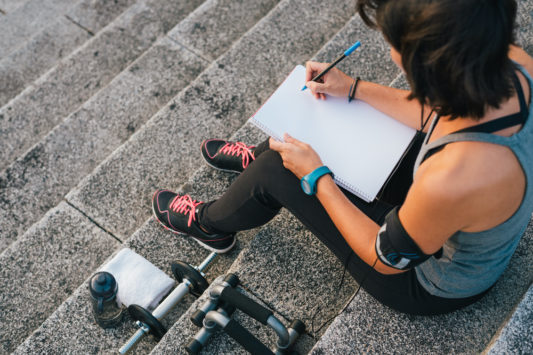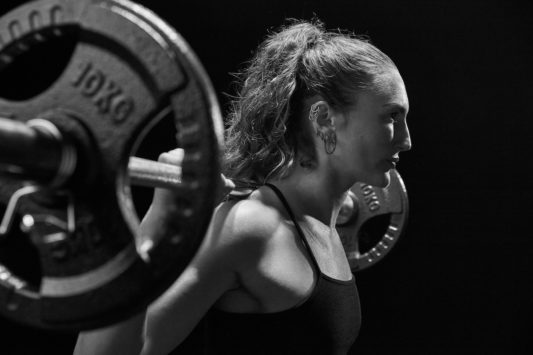Most people believe that the best preparation for exercise is to stretch. You may be the sort of person who spends a solid 15 minutes on the mats before your workout or the person who has a quick stretch of your quads on the treadmill before your run. Either way, most athletes embrace the traditional, habitual notion of stretching to prepare for getting a sweat on. But not many athletes ask the question – why? Fewer still could satisfactorily answer that question.
It’s complicated.
So should you stretch?
Well yes. And no.
As contradictory as that sounds, bear with me.
Stretching is useful. If you feel you have a tight hamstring or calf then a good stretch will usually make it feel a whole lot better. So why? Well you’d assume it’s because you’ve lengthened the muscle and therefore relieved any tension or pressure it was placing upon you. This is a very basic summation of what historically we would be led to believe. Does it ring true? Probably not. There is sparse evidence that any kind of lengthening actually takes place in the muscle unit. But there is no getting away from the fact that after a stretch an athlete will usually feel ‘looser’ and better prepared to exercise.
This could be for a number of reasons.
One reason could be that after a series of stretches the athlete adopts an increased stretch tolerance. In simple terms that means the muscle feels looser without it actually becoming looser. Confused? I’ll admit it’s a tough one to get your head around but it isn’t actually that complicated; the nerve endings which are abundant in joints, tendons and muscles can adapt after stretching to feel less pain. This means that the horrible sensation you feel during a really deep stretch doesn’t kick in until later into the stretch – making you feel like the whole area is looser.
Another possible reason for the sensation of feeling looser after stretching could be that when we stretch we break microscopic bonds that form in our connective tissue when we are inactive. You know that feeling you get when you wake up and stretch out like a cat? Well, there’s a theory that when we do that, we are breaking small links between our connective tissue (fascia) called adhesions – think pulling Velcro apart and you’ll picture it better. I would advise anyone interested to find out more on this topic to watch a very interesting, albeit quite graphic, YouTube video entitled ‘The fuzz speech’ by Gill Hedley. In the video Gill describes how this fascia moves with our own body movements and also uses novel methods to illustrate the structure and texture of the fascia – if you don’t choose to watch this, I’ll leave it to your imagination.
https://www.youtube.com/watch?v=_FtSP-tkSug
So is it actually worthwhile to stretch if while you’re doing it, there is no stretching occurring?
In short, yes it is. If the athlete feels better prepared to exercise then it is a useful practice. As with plenty of other similar techniques – foam rolling, massage, ice baths, the evidence for them is poor but there is no denying that athletes like them and feel better afterwards. If an athlete feels good, he or she can train better. An athlete training well is more likely to be stronger and have less strength imbalances. This, in turn reduces risk of injury. So stretching, at least indirectly, is useful to stave off injuries.
What are the different types of stretching?
Contrary to what we were taught during PE lessons at school, a static stretch with a long, uncomfortable hold is not the ideal preparation for exercise. An example of a static stretch would be what most people would consider a standard hamstring stretch like the traditional touching your toes. Moreover, until the tissue is warm, it is far safer to employ dynamic stretches. This is a posh, technical way of describing movement through available range of motion. A simple example of dynamic stretching would be circling your arms or swinging your legs back and forth.
Once a few minutes of dynamic stretches have occurred, the static stretching is safe to begin.
Another method of stretching is via PNF (proprioceptive neuromuscular facilitation). This type of stretching has a few variations and needs a partner to perform it but basically involves stretching to a set point, contracting the muscle gently against your partner’s resistance and holding the contraction for 30 seconds. Upon relaxation of the muscle, your partner takes the stretch even further – past the original ‘hold’ point. This causes autogenic inhibition of the muscle. Another technical term which really means the muscle relaxes which allows your partner to stretch you further.
Which type of stretching is best?
It is impossible to say. At different times they all have their place. PNF is not always appropriate before competition or intense exercises because it is not usually desirable to ‘stop’ a muscle working. Rather, it is wholly desirable to facilitate it to work to its maximum. Therefore I find that PNF stretching is best employed after exercise or as part of an injury prevention routine.
As I mentioned before, dynamic stretches are useful at the beginning of a warm up and static stretches are usually better used later on. However, remember that everyone is as individual as a fingerprint. What works for one person, may be useless for another. If you find a method, combination of methods, or a routine that works for you then stick to it.
People often ask me how much stretching they should do.
Again, it is impossible to answer this. Your routine should be tailored to your own needs. A prescriptive routine and didactic approach is not usually optimal. Although any static or PNF stretch which is held for less than 15 seconds is relatively worthless as there is little chance that the tissue under stretch will have chance to adapt in such a short time.
When should you stretch?
Another question which is somewhat difficult to answer. There is very little evidence to suggest that stretching can improve your performance in the gym or at a particular sport. There have been dozens and dozens of research articles which have compared stretching to not stretching and the effect it has on jumping or sprinting or lifting. Most of these articles suggest that stretching has very little positive effect on these activities. True though this may be, the research cannot account for the feeling generated by stretching which athletes enjoy. After stretching, athletes feel better prepared to jump, run or lift. It is difficult to measure this objectively but that doesn’t mean it should be overlooked as a positive tool before, during or after exercise. Likewise, the research does not condemn stretching or suggest that it is in any way harmful to performance, moreover that it is simply not overtly helpful to performance.
Debatable performance benefits aside, stretching for injury prevention is very useful indeed.
Back to the research…..There are numerous articles suggesting that a lack of flexibility is a strong indicator that you are at risk of injury. This is especially true in areas such as the ankles and hips. What also appears important is that any new range which may be achieved through the process of stretching has to be strengthened. It is essential that an athlete is optimally strong throughout their full range. If there is relative weakness through any part of their range, this too, could be an injury risk.
So there you have it. In summary – stretching can be both helpful and of no help. It has several direct uses and several indirect uses. It has numerous methods of application, all of which can be effective at various times.
I told you it was complicated.
About the Author:
Huw Roberts is a physiotherapist at Swansea City Football Club and a qualified strength & conditioning coach. He has over 8 years experience working with musculoskeletal disorders.
